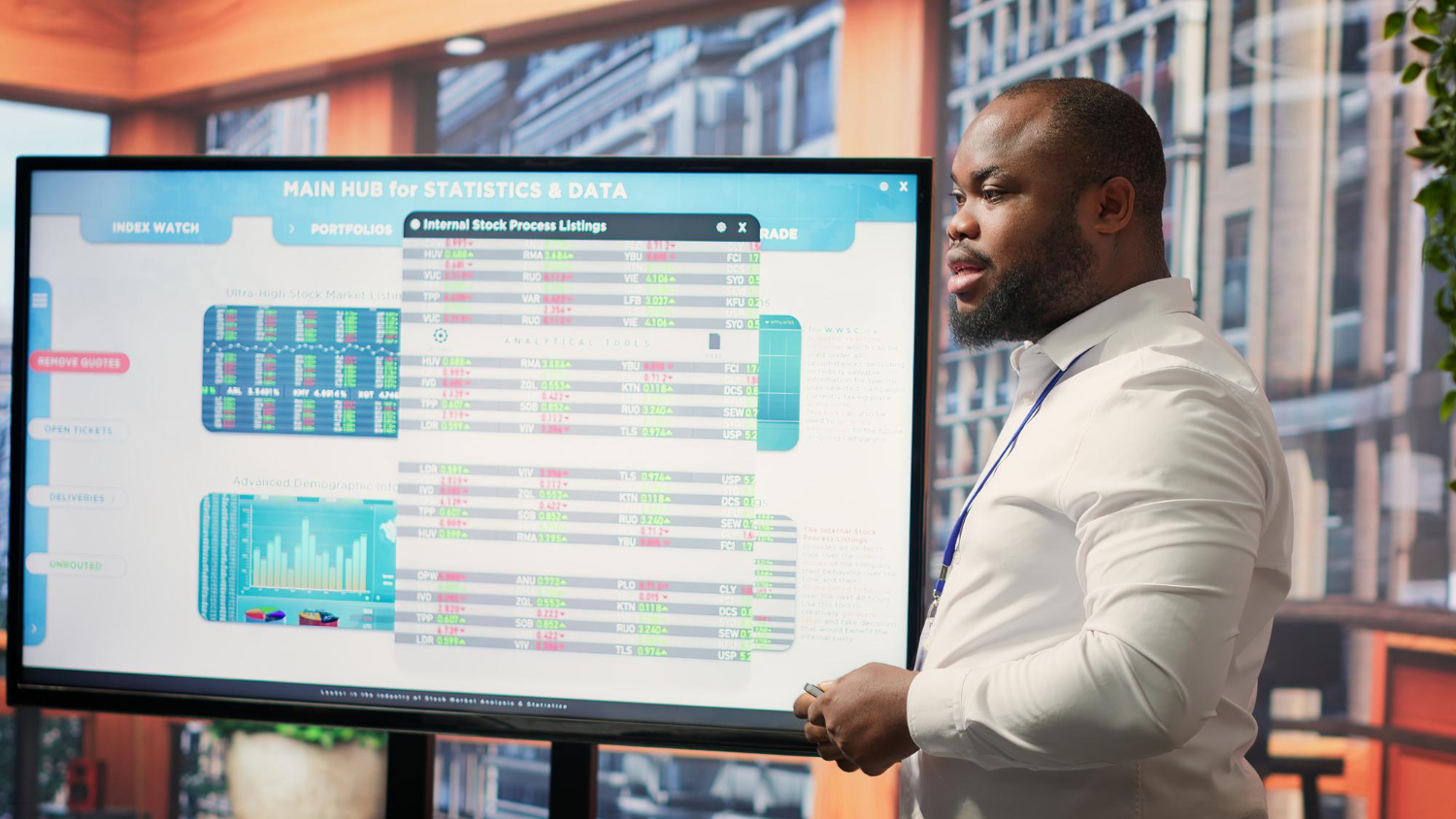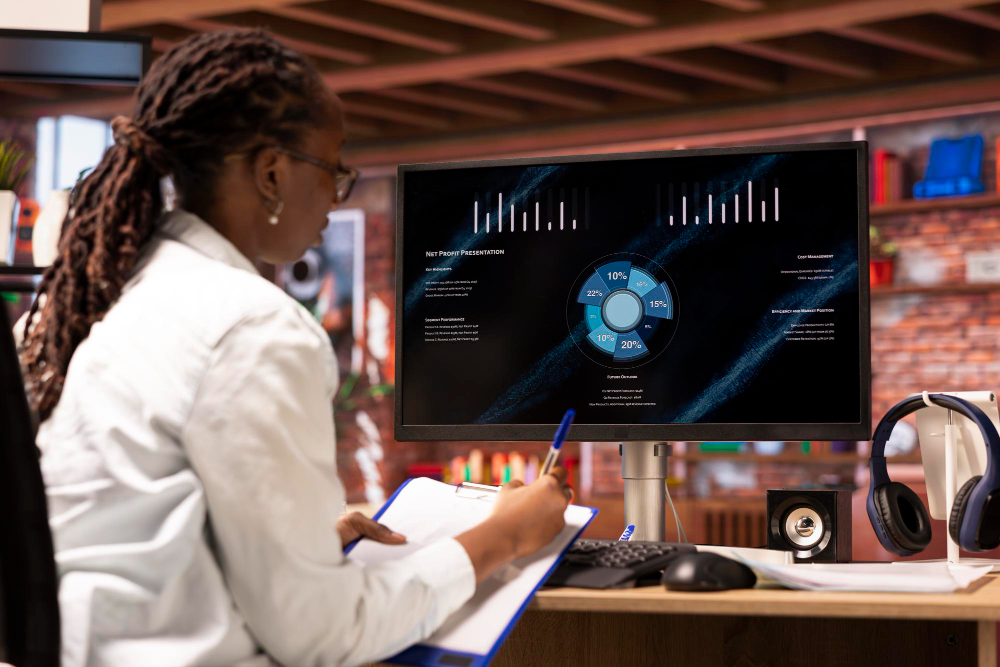
The law of supply and demand is one of the simplest yet most powerful principles in economics. At its core,


AI in accounting uses machine learning and automation to process financial data faster and with fewer errors. It can handle


FEFO: First‑Expired, First‑Out, is a simple but powerful inventory method that helps businesses reduce waste by using items with the


An inventory management API enables businesses to connect, update, and control stock data across multiple platforms in real time. It


Retail supply chain management refers to the process by which retailers control the flow of products from suppliers to customers.


Inventory storage is how businesses keep, organize, and manage products before they are sold or shipped. It includes everything from


Equipment inventory is the process of keeping track of your tools, machines, and other physical assets. Whether you’re running a


Naming products is one of the most crucial steps in branding. A good name helps people remember your product, talk

Copyright © 2025. Arm Genius All rights reserved.
